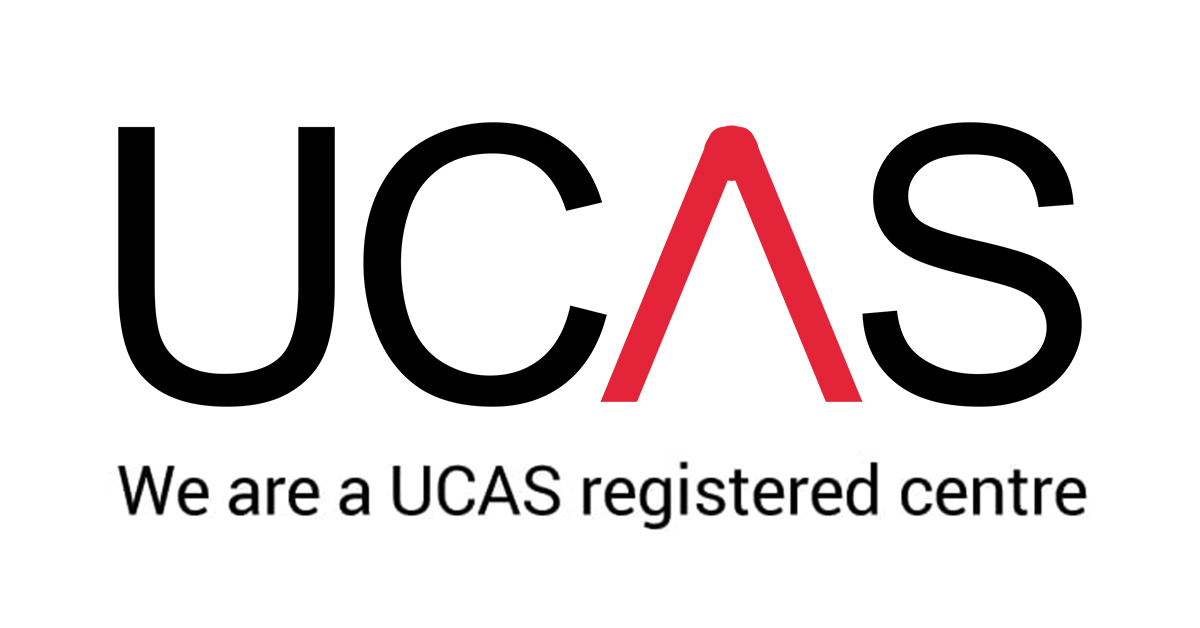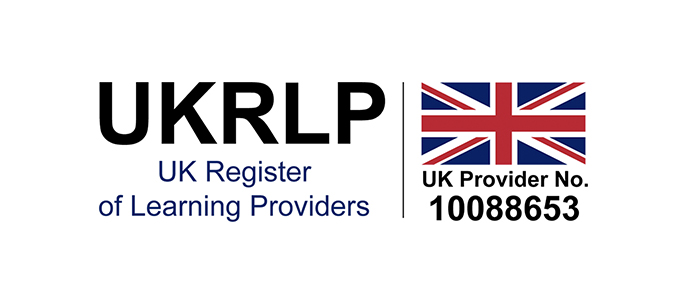International A Level Mathematics
Why Study This Course?
The Pearson Edexcel International Advanced Level in Mathematics provides students with a rigorous and logical understanding of mathematical concepts, preparing them for careers in engineering, economics, data science, physics, and computer science. It enhances problem-solving, logical reasoning, and numerical skills, making it ideal for those aiming for higher education in STEM fields.
This course is ideal for students who:
- Enjoy working with numbers, solving problems, and applying mathematical theories.
- Want to develop quantitative and analytical skills for future careers in finance, engineering, physics, and technology.
- Aspire to study Mathematics, Engineering, Computer Science, or Economics at university.
- Are considering careers in data analysis, actuarial science, programming, or artificial intelligence.
- Wish to gain a globally recognised qualification that is valued by universities and employers worldwide.
Who is This Course For?
This course is suitable for students who:
- Have strong logical thinking and enjoy challenging mathematical problems.
- Want to develop advanced algebra, calculus, and statistical skills.
- Aim to build problem-solving and abstract reasoning techniques.
- Wish to pursue higher education in mathematics, engineering, or finance.
This course fosters analytical reasoning, computational proficiency, and logical problem-solving, essential for higher education and professional careers in mathematics, finance, and technology.
1. Abstract Thinking and Problem-Solving
- Applying algebraic and calculus techniques to real-world scenarios.
- Developing logical reasoning and mathematical proofs.
- Solving complex equations and graphical interpretations.
2. Computational and Numerical Skills
- Understanding data structures, statistical models, and probability theory.
- Applying mathematical methods to financial, engineering, and scientific contexts.
- Using mathematical modelling to predict trends and optimise outcomes.
3. Applied Mathematics for Science and Engineering
- Understanding motion, forces, energy, and dynamics in mechanics.
- Analysing patterns, rates of change, and optimisation problems.
- Developing decision-making strategies using mathematical logic.
The course assesses students based on the following objectives:
| Objective | Description | Weighting |
|---|---|---|
| AO1 | Demonstrate knowledge and understanding of mathematical principles | 35% |
| AO2 | Apply mathematical methods to problem-solving | 45% |
| AO3 | Analyse, interpret, and evaluate solutions using logical reasoning | 40% |
Strong Preparation for University and Beyond
This course provides a solid foundation for degree-level study in Mathematics, Engineering, Physics, and Economics.
Recognition by Top Universities
The Pearson Edexcel International A-Level in Mathematics is widely recognised by universities, employers, and research institutions worldwide.
Development of Logical and Abstract Reasoning
Students develop investigative, analytical, and computational skills, which are essential in AI, software engineering, and quantitative research.
Engaging and Real-World Applications
The course covers mathematical modelling, financial analysis, and technological innovation, ensuring students engage with practical and abstract mathematical challenges.
Course Structure
The qualification consists of six externally assessed written units, divided into two levels.
Each unit involves algebraic manipulation, calculus, geometry, probability, and applied mathematics.
International Advanced Subsidiary (IAS) – Equivalent to AS Level
Unit P1: Pure Mathematics 1 (IAS – 16.67%)
Exam Duration: 1 hour 30 minutes
Assessment Format: External written examination
Topics Covered:
- Algebra and Functions – Indices, surds, quadratics, inequalities, and polynomials.
- Coordinate Geometry – Straight-line equations, circles, and transformations.
- Trigonometry – Sine, cosine, and tangent functions, including radians.
- Differentiation – Gradient functions and applications to rates of change.
- Integration – Fundamental techniques and calculating areas under curves.
Unit P2: Pure Mathematics 2 (IAS – 16.67%)
Exam Duration: 1 hour 30 minutes
Assessment Format: External written examination
Topics Covered:
- Sequences and Series – Arithmetic and geometric sequences.
- Exponential and Logarithmic Functions – Laws of logarithms and growth models.
- Trigonometry – Radian measure, sine and cosine rules, and periodic functions.
- Differentiation and Integration – Advanced techniques for algebraic and trigonometric functions.
Unit M1: Mechanics 1 OR S1: Statistics 1 OR D1: Decision Mathematics 1 (IAS – 16.67%)
Exam Duration: 1 hour 30 minutes
Assessment Format: External written examination
Choose one of the following units:
- Mechanics 1 (M1) – Kinematics, forces, Newton’s laws, and moments.
- Statistics 1 (S1) – Data representation, probability, regression, and hypothesis testing.
- Decision Mathematics 1 (D1) – Algorithms, graph theory, and network analysis.
International Advanced Level (IAL) – Full A-Level
Unit P3: Pure Mathematics 3 (IA2 – 16.67%)
Exam Duration: 1 hour 30 minutes
Assessment Format: External written examination
Topics Covered:
- Algebra and Functions – Further polynomials, modulus functions, and inequalities.
- Trigonometry – Compound angles, double-angle formulae, and identities.
- Exponential and Logarithmic Functions – Advanced applications and transformations.
- Differentiation and Integration – Techniques including product, quotient, and chain rules.
Unit P4: Pure Mathematics 4 (IA2 – 16.67%)
Exam Duration: 1 hour 30 minutes
Assessment Format: External written examination
Topics Covered:
- Vectors – Magnitude, direction, and dot products.
- Binomial Series – Expansions for non-integer powers.
- Differential Equations – Solving first and second-order equations.
- Integration Techniques – Partial fractions, substitution, and volume of revolution.
Unit M2, S2, or D2 (IA2 – 16.67%)
Exam Duration: 1 hour 30 minutes
Assessment Format: External written examination
Choose one of the following units:
- Mechanics 2 (M2) – Circular motion, centres of mass, and work-energy principles.
- Statistics 2 (S2) – Probability distributions, hypothesis testing, and confidence intervals.
- Decision Mathematics 2 (D2) – Critical path analysis, linear programming, and matchings.






